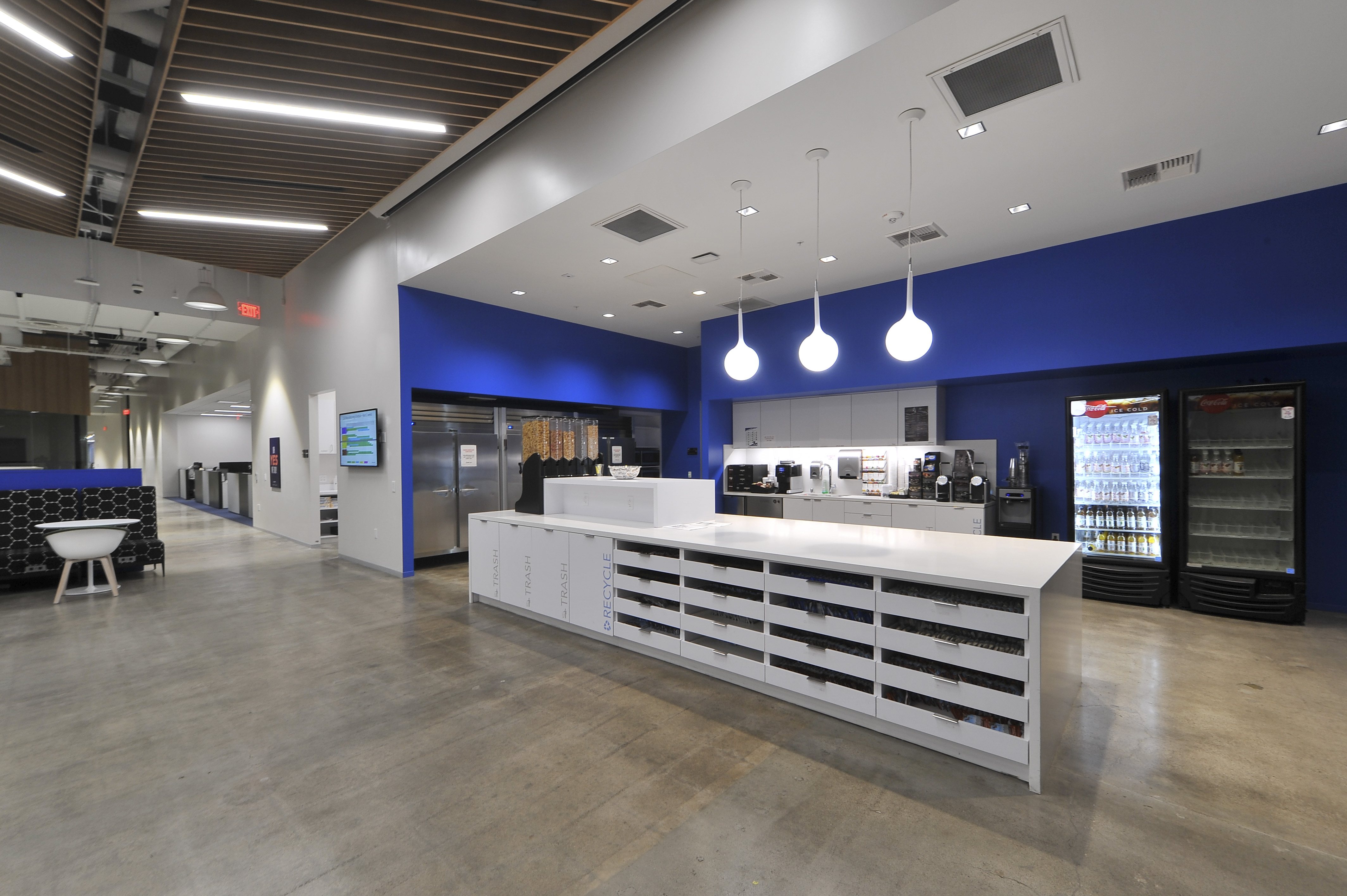


These patients also had a significant tumor lysis syndrome (TLS) risk (26 patients with high TLS risk and 31 with medium TLS risk per venetoclax prescribing information). 5 This study was performed in a high-risk patient population that was heavily pretreated, with a median of 4 prior therapies (range, 1-15 therapies).
KITE PHARMACEUTICALS STOCK TRIAL
1 - 4 The BCL-2 inhibitor venetoclax demonstrated an overall response rate of 65% and median progression-free survival (PFS) of 24 months in patients relapsing after ibrutinib in a phase 2 trial and is currently the most effective standard therapy in this patient population. The rapidity with which ALC drops helps predict TLS and could help guide dose-escalation decisions.ĭespite sustained disease control observed with B-cell receptor pathway inhibitors (BCRi's), particularly Bruton tyrosine kinase inhibitors (BTKis), patients with chronic lymphocytic leukemia (CLL) who relapse after treatment with these agents often have rapidly progressive symptomatic disease. Venetoclax RDE with close in-hospital monitoring at experienced centers and in select patients is feasible. 02), after controlling for venetoclax dose level. Most interestingly, a decrease in absolute lymphocyte count (ALC) from pre–venetoclax dose to 24 hours post–venetoclax dose of 10 × 10 3/μL was associated with an increased risk of TLS (hazard ratio, 1.32 P =. TLS occurred at all dose levels, with most episodes occurring at the 50- and 100-mg doses. TLS was seen in more patients with a higher initial tumor burden. Seventeen patients (52%) developed laboratory TLS, and 5 (15%) developed clinical TLS, all as a result of renal injury. We analyzed 33 chronic lymphocytic leukemia patients who underwent venetoclax RDE after prior BTKi treatment. This limitation can potentially be overcome with rapid dose escalation (RDE). Patients relapsing after BCRis frequently have proliferative disease, requiring a faster time to target dose than this scheme allows.

Current multiples based on per-share metrics (such as earnings per share or book value per share) are calculated using the last closing price, while current multiples based on company-level metrics (such as net sales, EBIT or EBITDA) are calculated using the current market cap or EV (Enterprise Value).Venetoclax has efficacy in patients relapsing after B-cell receptor pathway inhibitors (BCRis) however, because of the risk of tumor lysis syndrome (TLS), a 5-week dose ramp-up is required to attain the target dose. Current multiples include: - Historical multiples based on standardized financials for the last completed fiscal period: Last, Last Twelve Months (LTM) - Forward multiples based on consensus estimates for the current fiscal period and next ones: Next Twelve Months (NTM), FY0, FY1. Put simply, this method multiplies the sales or profits of a business by an industry averaged multiplier to calculate the Market Value of the business. The market valuation is utilized generally as a primary market input, to provide an objective starting point for the valuation. One of the most widely used quantitative methods is the market multiples method. In reality, business valuation is often a combination of these different approaches. Many methods can be used to value a company. is therefore way below its valuation average over the last five years. The (current) company valuation of Kite Pharma Inc. is significantly lower than its historical 5-year average: N/A. according to these metrics is way below the market valuation of its sector. The company valuation of Kite Pharma Inc. is significantly lower than the average of its sector (Biotechnology): -1.99. according to these metrics is way below the market valuation of its peer group. is significantly lower than the median of its peer group: around -4.00. A company with a high N/A is considered to be overvalued a company with a low N/A is considered to be undervalued. This multiple is used to compare a company's market value with its earnings. P/E relates the current share price with the market expectations in terms of Earnings Per Share. The most common multiple used in the valuation of stocks is the N/A multiple (Price to Earnings). Market multiple valuation of Kite Pharma Inc.


 0 kommentar(er)
0 kommentar(er)
